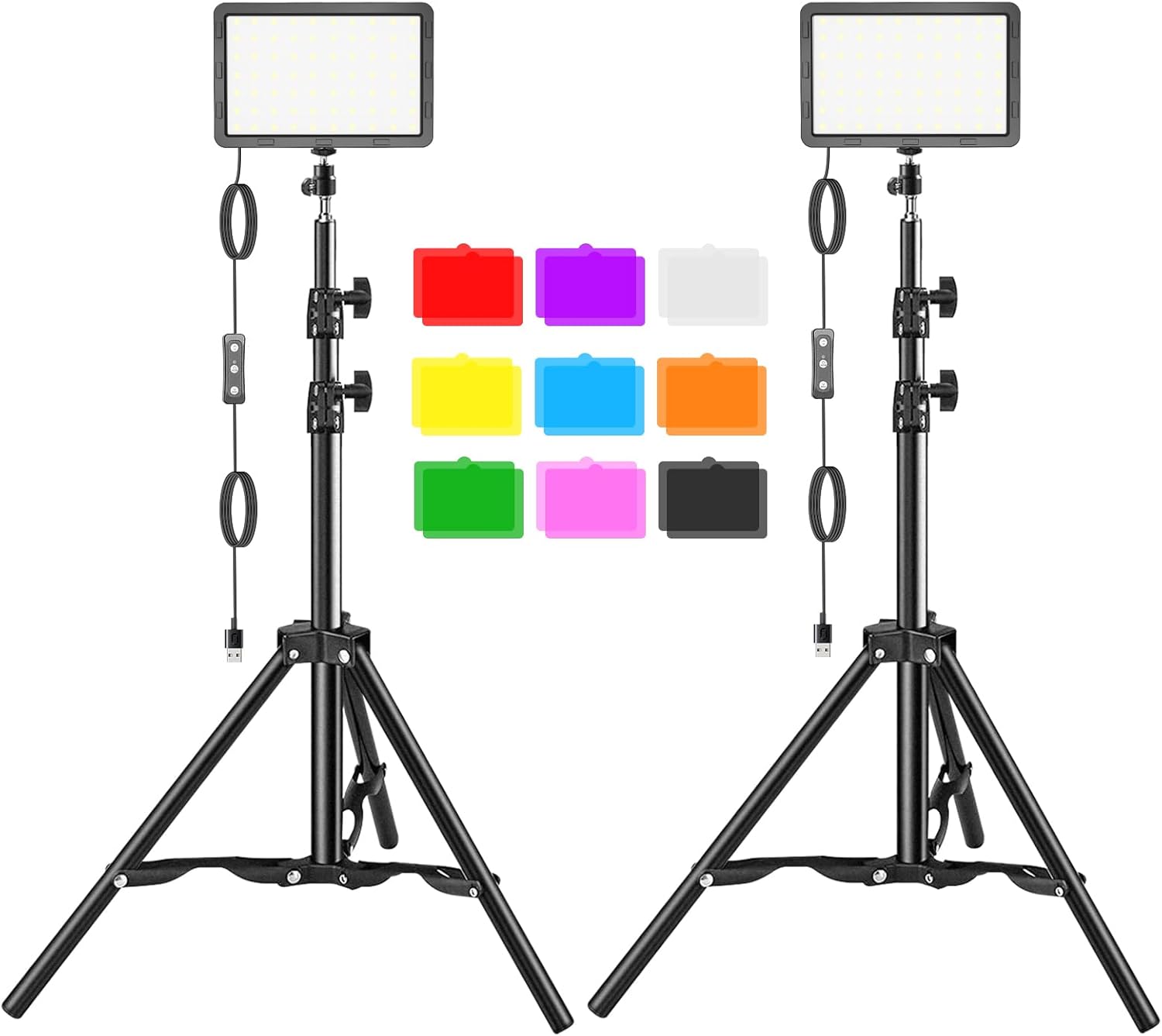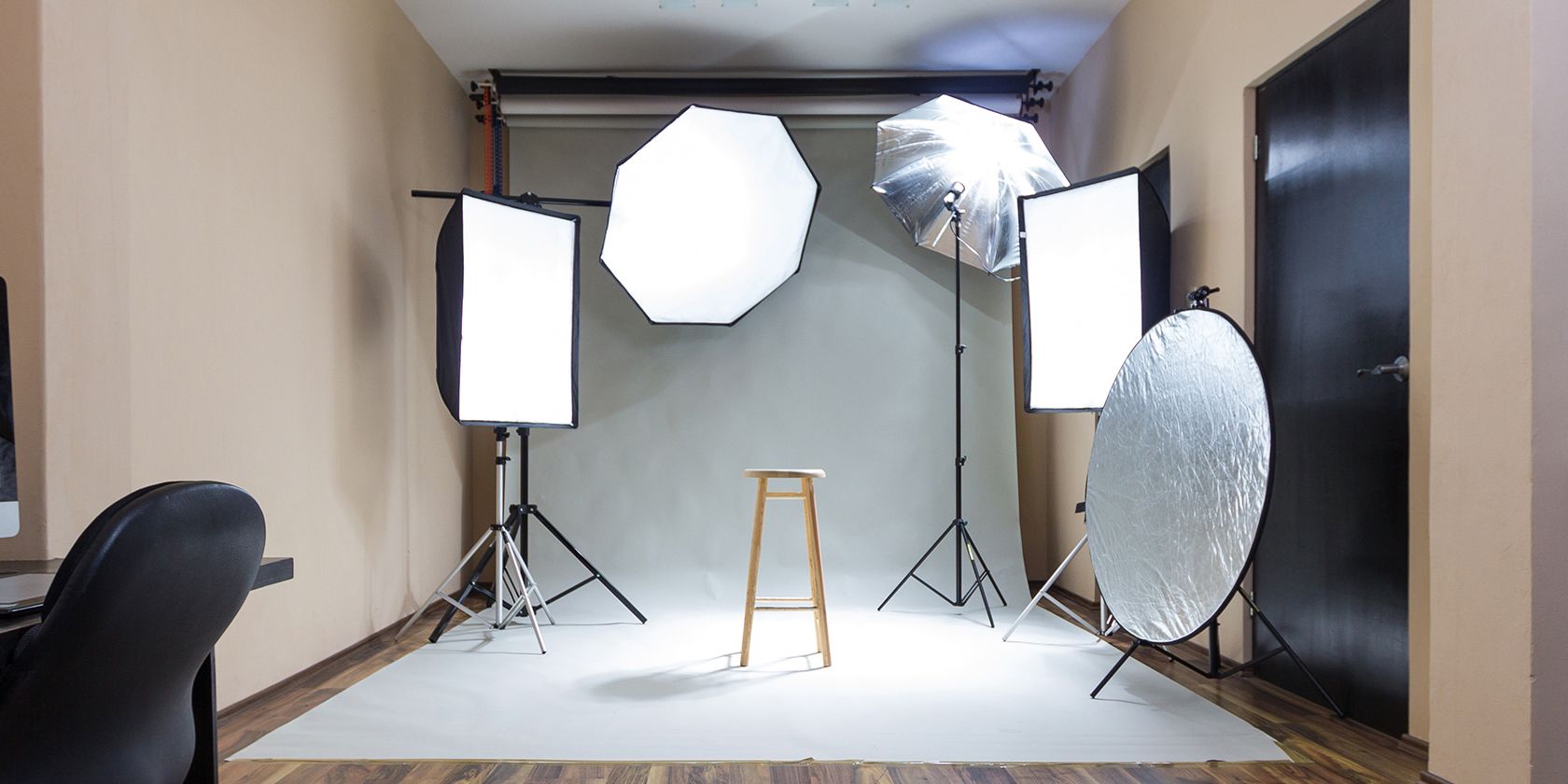Remarkable Techniques: How to Set Up Studio Lighting for Newborn Photography?
For any professional photographer, mastering the art of lighting is essential, especially when it comes to capturing those fleeting, precious moments of newborns. This guide focuses on how to set up studio lighting for newborn photography, providing you with all the tools and techniques necessary to ensure that your images glow with warmth and professionalism.
Newborn photography demands a unique approach to lighting. The soft nature of a newborns skin calls for lighting setups that accentuate this delicacy, while eliminating harsh shadows. Lets delve into the most effective methodologies to create that dreamy, soft light.

Choosing the Right Lighting Equipment
When setting up a studio for newborn photography, selecting the right equipment lays the foundation for stunning images. Softboxes, continuous lights, and reflectors should be on top of your equipment checklist.
Softboxes diffuse the light, which is vital when photographing newborns. For example, a softbox measurement of 36x48 inches works wonders to produce a broad soft field of light that fills the room and caresses the subject.
Key Components of Lighting Setup
- Softboxes: Essential for creating gentle, diffused light.
- Continuous Lights: Perfect for constant illumination, allowing you to see the effects of your adjustments in real time.
- Reflectors: Help in bouncing light, ensuring that you are lighting your subject evenly.

Setting the Scene
Once youve selected your lighting equipment, its crucial to consider the studio environment. Newborn photography benefits immensely from a serene atmosphere, so keep the studio clean and decluttered. Soft, muted colors in backdrops can help focus attention on the newborn.
Arranging Your Lights
A typical lighting setup for newborn photography consists of two softboxes placed at a 45-degree angle from the subject. The main key light should emphasize the newborns face, and the second softbox can be used as a fill light to eliminate shadows.
It's also helpful to use a reflector opposite the key light to bounce additional light onto the newborn. This ensures a soft transition between highlights and shadows, creating a natural, glowing effect.

Understanding the Exposure Triangle
Every photographer worth their salt understands the exposure triangle: ISO, Aperture, and Shutter Speed. When working with newborns, you will benefit most from a balance that prevents any disturbances caused by flashes or harsh shadows.
ISO Settings
Keeping ISO levels low (around 100-400) will minimize noise. If youre shooting in continuous light, adjust your shutter speed accordingly
Aperture
A wider aperture (like f/1.8 or f/2.8) can create a beautiful bokeh effect, isolating the newborn from the background and focusing on their delicate features.
Shutter Speed
Maintaining a shutter speed of at least 1/125 seconds can ensure that any movements from the baby do not result in blurry images.

Utilizing Natural Light
While artificial lighting works wonders, natural light also plays an essential role in newborn photography. Setting up close to a large window can cast soft, diffused light onto your subject. Make sure to avoid direct sunlight that can create harsh shadows.
Combining Natural and Artificial Light
Theres a technique called mix lighting, where you combine natural and artificial light sources for a soft glow. This can be incredibly beneficial when capturing newborns, providing a more organic feel to your images.
Shooting Tips for Newborn Photography
Once your studio lighting is set up, its time to capture those unforgettable moments. Here are some tips to keep in mind:
- Patience is key: Babies can be unpredictable, so it's essential to take your time.
- Use soothing sounds or white noise to calm the newborn and create a peaceful atmosphere.
- Take breaks: If the baby becomes fussy, give them a moment to settle.
Post-Processing Your Images
Editing plays a vital role in enhancing newborn photographs. Using software like Adobe Lightroom or Photoshop allows you to adjust exposure, saturation, and sharpness to achieve the best results.
Utilize presets designed for newborn photography to expedite your workflow while maintaining a professional touch.
Conclusion
Setting up studio lighting for newborn photography is not just about the technical aspectsits about creating an environment where memories can blossom. By following these detailed steps, you are on the right path to capturing heartwarming images that parents will cherish forever. Embrace the lighting techniques discussed in this article and watch as your newborn photography transforms.
FAQs
What type of lighting is best for newborn photography?
Soft, diffused lighting is ideal for newborn photography to avoid harsh shadows. Use softboxes or natural light.
How do I avoid shadows when photographing newborns?
Position your lights at 45-degree angles and use reflectors to bounce light onto your subject.
Is it necessary to use a flash for newborn photography?
No, while flash can be useful, soft natural or continuous light works exceptionally well for newborn photography.
As an Amazon Associate, I earn from qualifying purchases.

